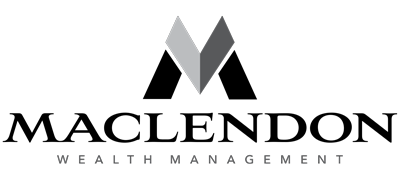01 Mar #trendorfad
We live in an interconnected world where information travels at the speed of light. Gone are the days where information was primarily transmitted via mail, phone call, or personal meetings. We are now less likely to fall victim to the telephone game or “Chinese whispers” as information is more attainable and in some cases easily verified. We currently have the capability of acquiring exponential amounts of information with a click of a button. As investors, reliable and accurate information is of utmost importance when determining an investment. With technology we know when an analyst upgrades or downgrades a stock or when something happens halfway across the world that could affect global markets. This has led to more informational efficient markets, but has also supported investment trends and fads that could lead to over inflated asset prices and the eventual collapse of a market bubble.
Trends
As information is more readily available the herd mentality kicks in. Investors have “FOMO” or fear of missing out. This is one of the more common investment biases that plague investors. Therefore, as investors we need to ask ourselves is this a trend or just a fad? Trends in financial markets and the economy are defined as identifiable and explainable lasting changes that are driven by consumer’s functional needs. Following trends to produce profits can be difficult and requires investors to implement their own strategies and limitations given the market environment. The key to recognizing a trend from a fad is to look at the underlying cultural, economic and personal forces behind these shifts. For example, “Going Green” has been a mega trend of the past decade, influencing all kinds of niches including auto, retail, energy, and food. For businesses that are not entirely “green” friendly, they should not try to change the trend, but adapt to it. Identifying trends, and analyzing where the trend has not caught on is critical for any investor seeking to maximize profits.
Fads
On the other hand, fads are described as investments that acquire interest for a time, with exaggerated zeal. Fads are driven by emotional need to purchase, based on hype. In most cases, they do not deliver what was promised to consumers. In terms of popularity, fads tend to spike up and die out in a short amount of time. In contrast to trends, fads are single brands, or a product that has limited appeal outside of a small niche. For example, when TV manufacturers introduced in home 3D capabilities their sales sky rocketed. Other TV manufacturers started to believe they too needed a new 3D television to keep up with the popular new model. However, the craze has since settled down, which shows that the model satisfied only a small segment of the population.
Whether it is a trend or fad investors have placed their capital in, the most difficult decision is knowing when to get out. Because of this, the herd mentality can lead to speculative bubbles. We have seen this play out multiple times throughout history. For example, one reason the housing market bubble formed was due to the notion that home prices will always increase. This theory was fueled with the help of bankers providing consumers with mortgages even though they did not make enough money to adequately cover the mortgage payments. If home buyers never had the belief that home prices appreciated exponentially, the demand for mortgages would not have been available for bankers to prey on. The illusion of real success and quick profits underlined this investment fad that led to predatory lending practices and leverage in the system. This added fuel to the fad fire and just like many fads, it soon became out of favor. As the bubble started to burst, investors soon realized all that glitters wasn’t gold and they were left with an illiquid asset forcing many into bankruptcy.
We are not saying that one is better or worse than another. Although, we would never recommend investing your life savings in a company or sector that we believed would not be lasting and or profitable, we do recognize the opportunity for investment. Trends and fads are just another way to make profits in the financial markets. Boom or bust they validate market movements and keep investors diligent. They provide market inefficiencies that are at the core of financial markets. Being cognizant of the risks of investing in trends or fads is half the battle.
When investing it isn’t always about how much you like the product, but how much you think society will need the product. It is important to recognize not everyone that is investing, is investing for the same reasons as you are. Use information to better understand the “why” something might be a trend or a fad. And last but not least, the trend is your friend…until it ends. Don’t get caught up in the next fad.



